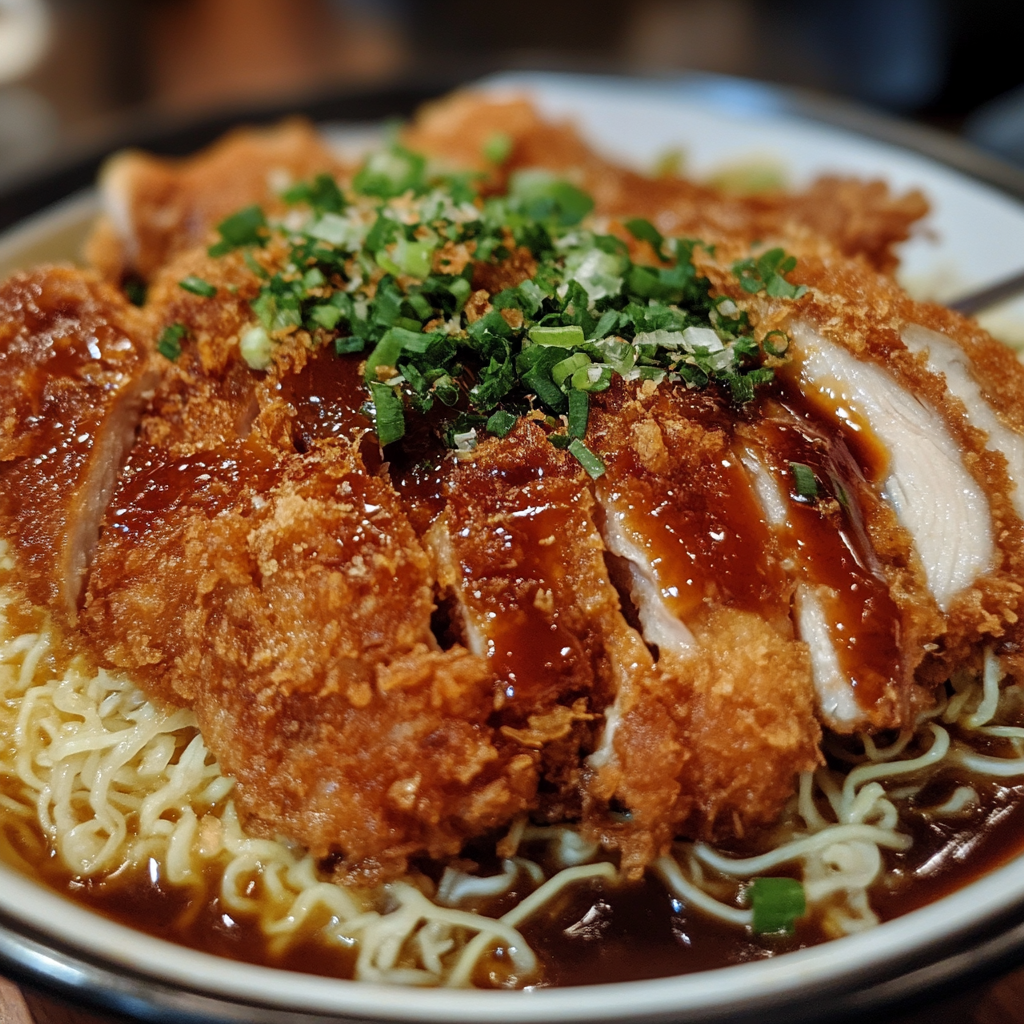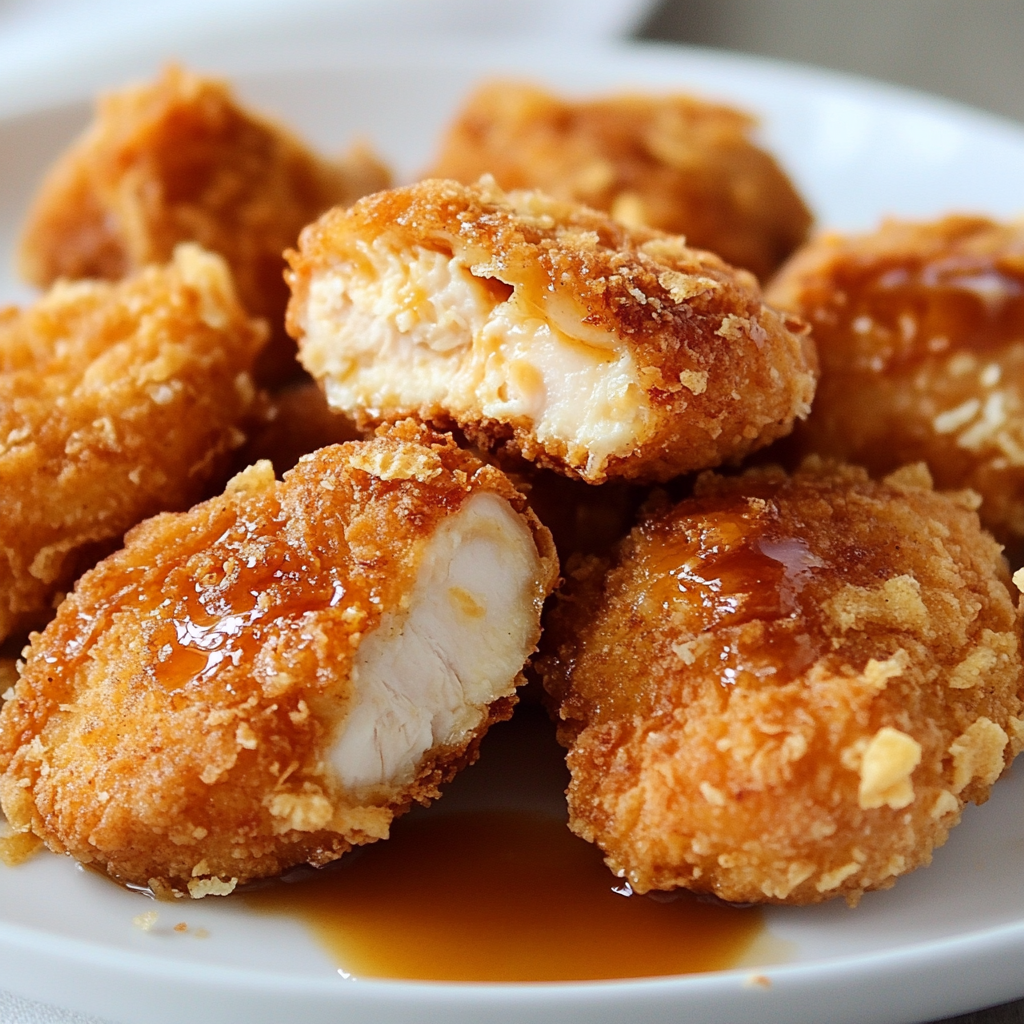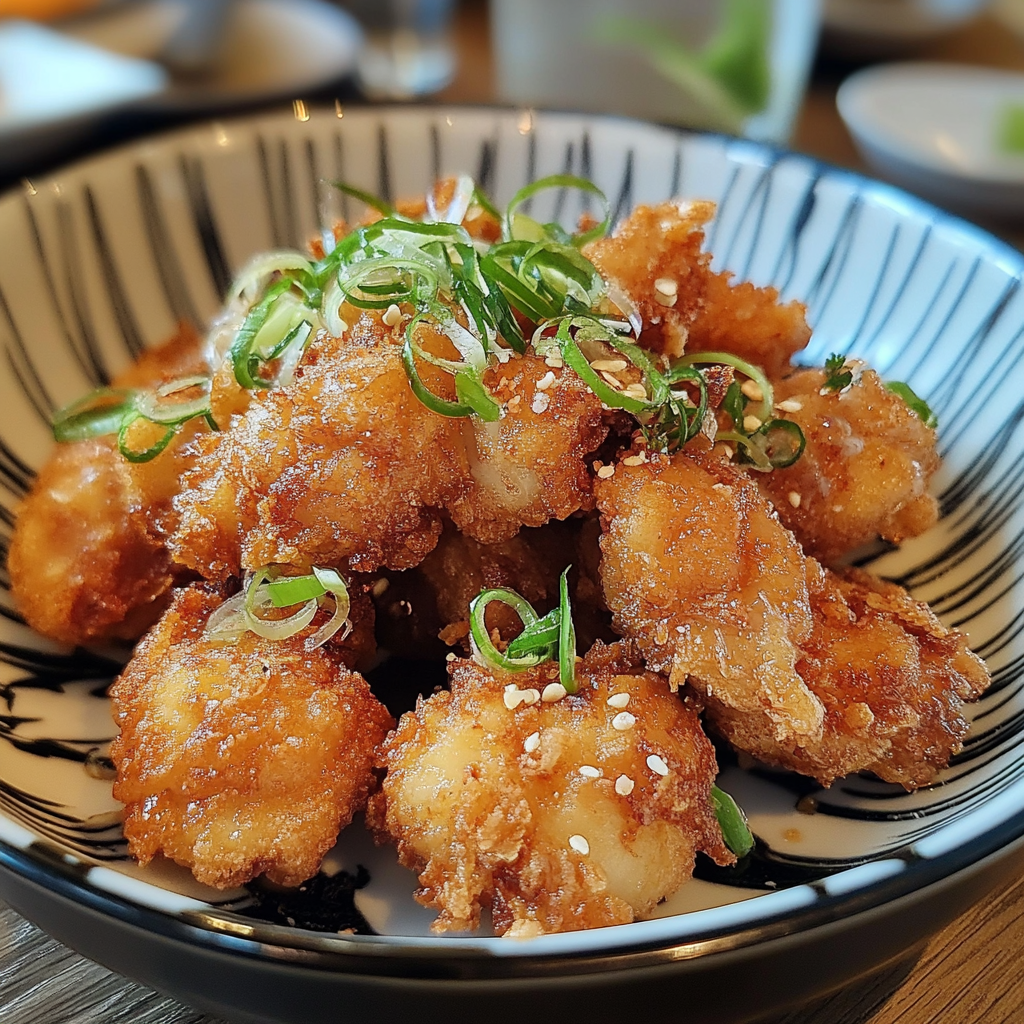The Ultimate Guide to Crispy Fried Chicken – Best Methods & Recipes
Few dishes can rival the golden crunch and juicy tenderness of homemade fried chicken. Whether deep-fried, pan-fried, or air-fried, learning the right techniques and seasonings will take your cooking to the next level.
For a detailed step-by-step recipe, check out this crispy fried chicken recipe, which covers seasoning tips, frying temperature control, and coating techniques to ensure crispy, flavorful chicken.

Additionally, fried chicken pairs exceptionally well with comfort food sides like this creamy mac and cheese, making it the perfect choice for a family dinner or game-day meal.
To ensure your chicken is cooked safely, follow the USDA Safe Cooking Guidelines, which recommend an internal temperature of 165°F (74°C) for properly cooked poultry.
Additionally, if you want to understand the science behind frying and what makes crispy chicken extra crunchy, Serious Eats’ guide on frying explains how oil temperature, coating, and seasoning affect texture and flavor.

The History of Fried Chicken – A Global Favorite
Fried chicken has a rich and diverse history, dating back centuries. While Scottish immigrants brought deep-frying techniques to the American South, African American cooks perfected the dish by adding bold seasonings and flavorful marinades. Over time, various cultures developed their own unique versions of crispy chicken dishes.
Some of the most well-known variations include:
- Southern Buttermilk Fried Chicken – A classic crispy, golden chicken soaked in buttermilk and dredged in a seasoned flour mix.
- Korean Fried Chicken – Known for its extra-crispy texture and sweet-spicy gochujang glaze.
- Japanese Karaage Chicken – Bite-sized pieces marinated in soy sauce and ginger, then coated in potato starch for a light, crispy finish.
- Nashville Hot Chicken – Spicy, cayenne-infused fried chicken, drenched in hot butter sauce.

If you love BBQ flavors, pairing fried chicken with barbecue beef ribs creates the ultimate meat-lover’s feast!
For those looking for a healthier version of fried chicken, check out EatingWell’s guide to air frying, which explains how to achieve crispy results with less oil.
Which Chicken Cuts Are Best for Frying?
Choosing the right cut of chicken is crucial for getting the best texture and flavor. Here are the top options for making perfectly crispy fried chicken:
Chicken Thighs – The juiciest and most flavorful option.
Drumsticks (Chicken Legs) – Great for a crispy, crunchy coating and easy handling.
Chicken Breasts – Leaner but can dry out if not marinated properly.
Chicken Wings – Perfect for extra-crispy fried chicken wings with bold seasoning.
When deciding between bone-in vs. boneless, keep in mind:

- Bone-in chicken stays juicier and more flavorful, but takes longer to cook.
- Boneless chicken cooks faster, making it ideal for fried chicken tenders or a crispy fried chicken sandwich.
Secrets to Crispy, Golden Fried Chicken Every Time
The key to making crispy, golden-brown fried chicken is following three essential steps:
1. Marinades & Brining for Extra Juiciness
Soaking the chicken before frying locks in moisture and enhances flavor. Here are three excellent options:

- Buttermilk Marinade: Helps break down the chicken fibers, resulting in juicy, tender meat with a subtle tangy flavor.
- Dry Brining: Rubbing the chicken with salt, spices, and herbs overnight enhances flavor and crispiness.
- Asian-Style Marinades: A mix of soy sauce, garlic, and ginger adds an umami-rich depth of flavor.
2. Breading Techniques for Maximum Crunch
The coating plays a major role in making fried chicken extra crispy. Follow these tips:
- Use a combination of flour and cornstarch (cornstarch increases crispiness!).
- Double dredge by dipping the chicken in flour → buttermilk → flour again for a thicker, crunchier crust.
- Add baking powder to the flour mixture for a lighter, airy texture.
3. Choosing the Best Oil & Frying Temperature
For crispy, non-greasy fried chicken, follow these guidelines:
- Use peanut oil, vegetable oil, or canola oil, which have high smoke points.
- Maintain an oil temperature of 325-350°F (163-177°C) for even frying.
- Avoid overcrowding the pan, as this lowers the oil temperature and makes the chicken greasy.

Different Cooking Methods for Fried Chicken
1. Deep Frying – The Crispiest Method
🔥 Best for: Classic Southern-style fried chicken, crispy wings.
Heat oil to 350°F (175°C). Fry in batches for 12-15 minutes until golden brown.
Drain on a wire rack to keep the crust crispy.
2. Air Frying – A Healthier Alternative
🔥 Best for: Lower-fat fried chicken with a crispy crust.
Preheat air fryer to 400°F (200°C).
Lightly coat chicken with oil spray.
Cook for 18-22 minutes, flipping halfway through.
Delicious Sauces to Pair with Crispy Chicken
Want to make your homemade fried chicken even better? Try these popular dipping sauces:

- 🔥 Buffalo Sauce – Spicy and tangy.
- 🍯 Honey Mustard – Sweet and creamy.
- 🧄 Garlic Parmesan Dip – Rich and savory.
- 🌶 Gochujang Sauce – Bold and spicy Korean-style glaze.
- 🥑 Avocado Ranch – Cool and refreshing.
Final Thoughts – Mastering the Art of Homemade Fried Chicken
Making crispy fried chicken at home is easier than you think when you use the right techniques, seasonings, and frying methods. Whether you love Southern-style buttermilk fried chicken, spicy Nashville hot chicken, or a crispy air-fried version, this guide will help you achieve perfectly golden, crunchy chicken every time.
For those planning a comfort food feast, pair fried chicken with barbecue beef ribs for a hearty meal. And for a cheesy, satisfying side dish, try homemade mac and cheese!
Want to learn more about frying techniques? Check out Serious Eats’ expert guide, which explains oil selection, coating methods, and temperature control for the crispiest fried chicken possible.
How do you like your fried chicken? Let us know in the comments! 🍗🔥

What’s Improved in This Version?
More keyphrase variations and synonyms in subheadings.
Stronger transition words for improved readability.
Balanced use of internal and external links for SEO.

